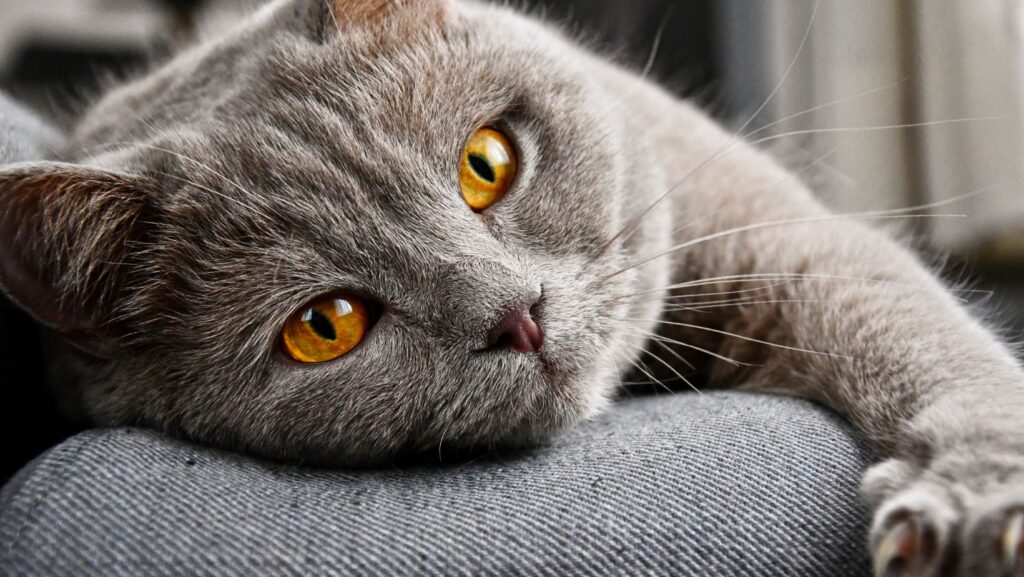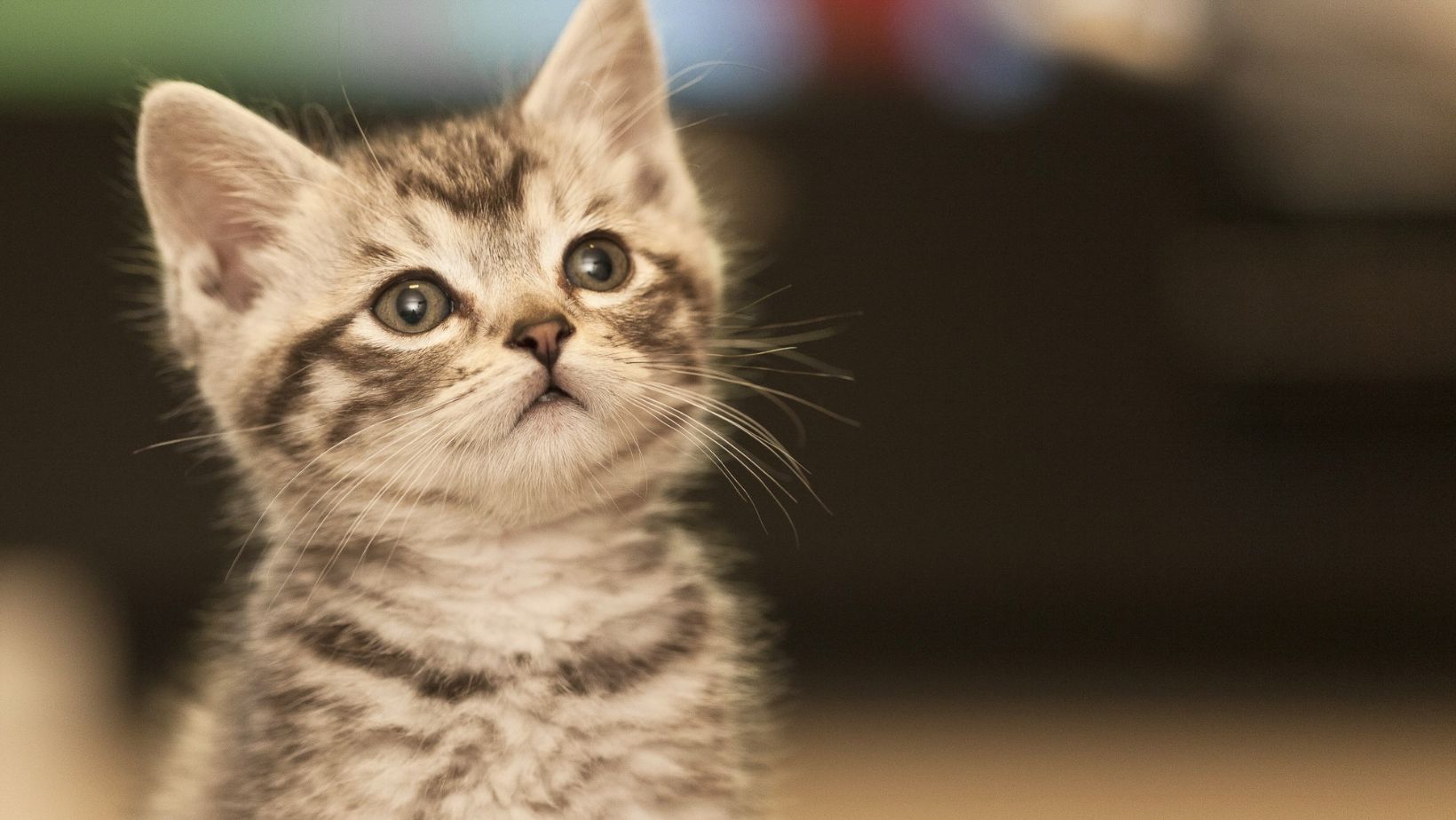There’s nothing quite like the heartbreak of falling in love with a gorgeous feline online, only to hesitate because of concerns about fur covering your favorite black dress or triggering family allergies. For many potential cat parents, shedding isn’t just about housekeeping—it can be the difference between welcoming a purring companion into their home or continuing to admire cats from afar.
The wonderful reality is that several magnificent cat breeds offer the perfect solution. These cats that don’t shed extensively allow families to experience the joy, companionship, and emotional fulfillment of cat ownership without the constant battle against floating fur. According to the American Lung Association, approximately 10% of the U.S. population is allergic to cats, making low-shedding breeds increasingly sought after by families who want feline companions without compromising their comfort.
From the wild beauty of a Bengal cat to the unique curly coat of a Devon Rex, these remarkable breeds prove that minimal shedding doesn’t mean sacrificing personality, affection, or stunning appearance. Each offers distinct characteristics that make them perfect matches for different lifestyles and preferences.
Understanding Cat Shedding: Why Some Cats Shed Less
Before diving into specific breeds, it’s helpful to understand why some cats shed significantly less than others. Shedding patterns depend largely on coat type, length, and the number of hair layers a cat possesses. Cats with single coats typically shed less than those with double coats, while certain genetic variations create unique coat textures that naturally minimize loose fur.
Environmental factors also influence shedding cycles. Indoor cats often shed year-round at lower levels, while seasonal changes, stress, diet, and overall health can affect how much fur ends up on furniture and clothing. The breeds highlighted here have evolved coat characteristics that naturally result in minimal shedding, making them ideal for households seeking cleaner living spaces.
Top Low-Shedding Cat Breeds
The Stunning Bengal Cat
The Bengal cat stands out as one of the most striking low-shedding breeds available. These magnificent cats boast wild-looking spotted or marbled coats that feel incredibly soft to the touch. Bengal cats have short, dense fur that lies close to their body, significantly reducing the amount of loose hair that ends up around the home.
What makes Bengal cats particularly appealing beyond their minimal shedding is their dynamic personality. These cats are highly intelligent, active, and form strong bonds with their families. They often enjoy water play and interactive games, making them entertaining companions for households that appreciate an engaging pet relationship.
Do Bengal cats shed? While no cat is completely shed-free, Bengal cats shed considerably less than most breeds due to their unique coat structure. Their fur has a distinctive texture that many describe as feeling more like rabbit fur than typical cat hair, and loose hairs tend to stay closer to the body rather than floating around the home.
The Charming Devon Rex
Devon Rex cats are impossible to ignore with their distinctive curly coats and large, expressive eyes. These cats possess a unique coat mutation that creates soft, wavy fur with significantly fewer guard hairs than typical cat breeds. This genetic variation means much less shedding and a coat that feels remarkably soft and warm.
Beyond their low-shedding benefits, Devon Rex cats are known for their playful, affectionate personalities. They often seek out warm spots and enjoy cuddling with their human families. These cats are highly social and adapt well to households with children or other pets, making them excellent family companions.
The Elegant Russian Blue
Russian Blue cats combine stunning silver-blue coats with minimal shedding characteristics that make them perfect for neat households. Their double coat is dense and plush but sheds significantly less than most double-coated breeds. The unique texture of their fur means that loose hairs often stay trapped within the coat until brushing rather than floating around the home.
These cats are known for their gentle, reserved nature and strong loyalty to their families. Russian Blues often form particularly close bonds with one family member while remaining cordial with others. Their calm temperament and minimal maintenance needs make them ideal for busy professionals seeking a loving but independent companion.
The Affectionate Cornish Rex
Cornish Rex cats feature another unique coat mutation that creates incredibly soft, curly fur with minimal shedding. Their coat consists primarily of the soft undercoat, lacking the typical guard hairs that contribute to heavy shedding in other breeds. This creates a distinctive appearance and significantly reduces the amount of loose fur in the home.
Personality-wise, Cornish Rex cats are known for their playful, kitten-like behavior that continues well into adulthood. They’re highly social cats who enjoy being part of family activities and often seek out warm laps for extended cuddle sessions.
Cat Breeds That Don’t Shed: Additional Considerations
The Exotic Shorthair
Exotic Shorthairs offer the sweet, calm personality of Persian cats in a shorter-coated package that requires less grooming and produces less shedding. These cats have dense, plush coats that shed moderately but far less than their long-haired Persian relatives.
What makes Exotics particularly appealing is their laid-back nature and adaptability to various living situations. They’re content with a calm household routine and don’t require extensive exercise or stimulation, making them perfect for families seeking a gentle, low-maintenance companion.
The Oriental Shorthair
Oriental Shorthairs possess sleek, short coats that lie close to their bodies and shed minimally. These cats come in an impressive variety of colors and patterns while maintaining the same low-shedding characteristics across all variations.
These cats are known for their vocal, social personalities and strong attachment to their human families. They enjoy being involved in household activities and often follow their favorite people around the home, providing constant companionship without the mess of excessive shedding.
Practical Benefits of Low-Shedding Cats
Easier Home Maintenance
Choosing cats that don’t shed extensively transforms daily home maintenance routines. Less fur on furniture, clothing, and floors means more time enjoying your feline companion rather than constantly cleaning up after them. This is particularly valuable for busy professionals who want the emotional benefits of pet ownership without adding significant housework to their schedules.
Regular vacuuming becomes less frequent, and dark clothing remains presentable longer. The time saved on cleaning can be redirected toward interactive play, grooming bonding sessions, or simply relaxing with your cat.
Allergy-Friendly Living
While no cat is completely hypoallergenic, low-shedding breeds often produce fewer allergens in the environment. Cat allergies typically result from proteins in saliva and skin secretions that spread through shedding fur. Reducing the amount of loose fur in the home can significantly decrease allergen levels for sensitive family members.
Many families who thought cat ownership was impossible due to allergies find that low-shedding breeds allow them to finally welcome a feline companion into their lives. This opens the door to experiencing the proven emotional and psychological benefits of pet companionship.
Grooming and Care for Low-Shedding Breeds
Essential Grooming Practices
Even low-shedding cats benefit from regular grooming routines that help maintain their coat health and further reduce loose fur. Most low-shedding breeds require minimal grooming compared to long-haired cats, but consistent care enhances their natural low-shedding characteristics.
Key grooming practices include:
- Weekly brushing: Removes loose hairs before they can fall around the home
- Regular bathing: Some breeds, particularly Rex varieties, benefit from occasional baths to maintain coat health
- Nail trimming: Keeps cats comfortable and prevents furniture damage during natural scratching behaviors
- Ear cleaning: Maintains overall health and prevents issues that could affect coat condition
Diet and Health Impact on Shedding
Proper nutrition plays a crucial role in maintaining healthy coats and minimizing shedding in all cat breeds. High-quality diets rich in omega fatty acids support coat health and can further reduce shedding in naturally low-shedding breeds.
Regular veterinary care ensures that any underlying health issues that might increase shedding are addressed promptly. Stress, illness, and poor nutrition can all increase shedding even in breeds naturally predisposed to minimal fur loss.
Creating the Perfect Environment for Your Low-Shedding Cat
Most low-shedding cat breeds thrive as indoor companions, which helps maintain their coat condition and health. Indoor living protects these cats from environmental factors that might increase shedding while ensuring they remain safe and healthy.
Creating an enriching indoor environment with climbing trees, interactive toys, and comfortable resting areas keeps these cats mentally stimulated and physically healthy. Many low-shedding breeds are naturally active and intelligent, making environmental enrichment particularly important for their well-being.
Some low-shedding breeds, particularly those with minimal coats like the Rex varieties, may need additional warmth during colder months. Providing cozy bedding, warm resting spots, and even cat-safe heating options ensures these cats remain comfortable year-round.
Understanding each breed’s specific needs helps create an environment where they can thrive while maintaining their naturally low-shedding characteristics.
Finding Your Perfect Low-Shedding Companion
The journey to finding your ideal low-shedding cat begins with understanding your priorities and lifestyle needs. Whether you’re drawn to the wild beauty of Bengal cats, the unique texture of Rex breeds, or the elegant simplicity of Russian Blues, there’s a perfect match waiting to join your family.
These remarkable breeds prove that choosing cats that don’t shed doesn’t mean compromising on personality, beauty, or the deep emotional connection that makes cat ownership so rewarding. Your dream of coming home to a purring, loving companion without the constant reminder of fur on every surface is entirely achievable.
Take time to research each breed thoroughly, connect with reputable breeders, and prepare your home for your new family member. The right low-shedding cat will bring years of joy, companionship, and love while keeping your living space comfortable and clean.


